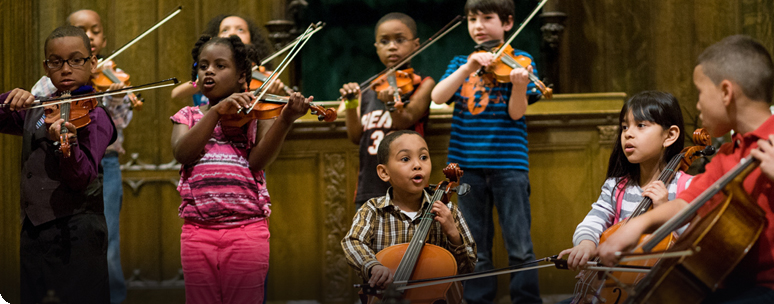Bartok’s String Quartet No. 5The Providence String Quartet will perform and discuss Bartok's String Quartet No. 5 in a "preview" event at the Providence Athenaeum on Wednesday, May 12. Visit CMW's website calendar for details. Having transcribed and cataloged thousands of folk songs from all over Eastern Europe and even some from North Africa, Béla Bartók, along with his compatriot and colleague Zoltán Kodály, invented the field of ethnomusicology. Bartók’s music is an amazing synthesis of traditional Western-tonality and authentic Eastern European/Magyar folk music. Bartók's String Quartet No. 5 is composed in five movements in a large, palindromic structure. At the core of the quartet is quickly flowing scherzo with a distinctive Bulgarian swing of 9 beats to a bar distributed in a limping 4+2+3. The inner wings of the quartet are slow hypnotic examples of Bartók’s “Night Music,” the sounds of the Hungarian countryside in the evening with bugs, birds, and things that croak. The outer wings are a sonata form first movement and a rondo finale. The first movement itself is a palindrome as the three themes from the exposition are restated in the recapitulation in reverse order and upside down! The finale zips along with tremendous force until a banal hurdy-gurdy gives pause before the final thrust to the finish. Commissioned by the Elizabeth Sprague Coolidge Foundation in Washington, Bartók wrote his Fifth String Quartet in an unusually short amount of time, from August 6 to September 6, 1934. The Quartet received it’s premier in Washington by the Kolisch Quartet on April 8, 1935. -Jesse Holstein, PSQ |
